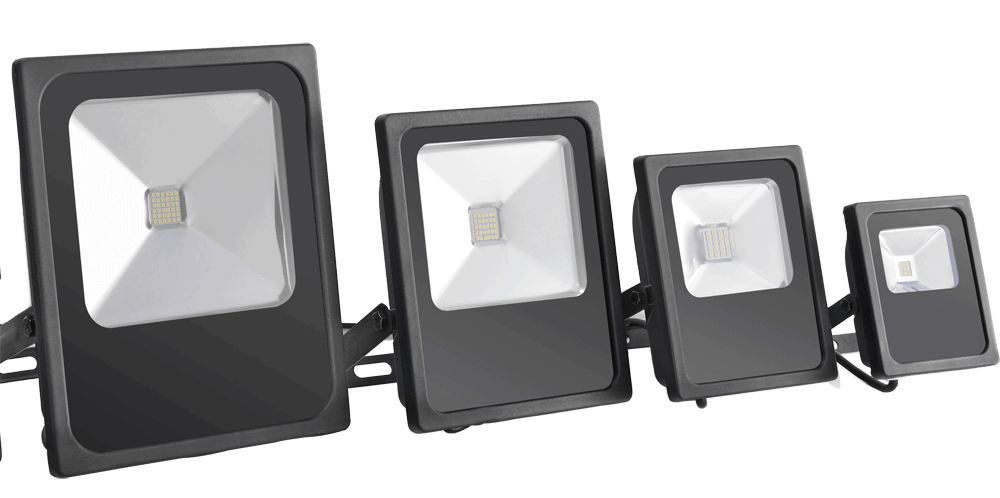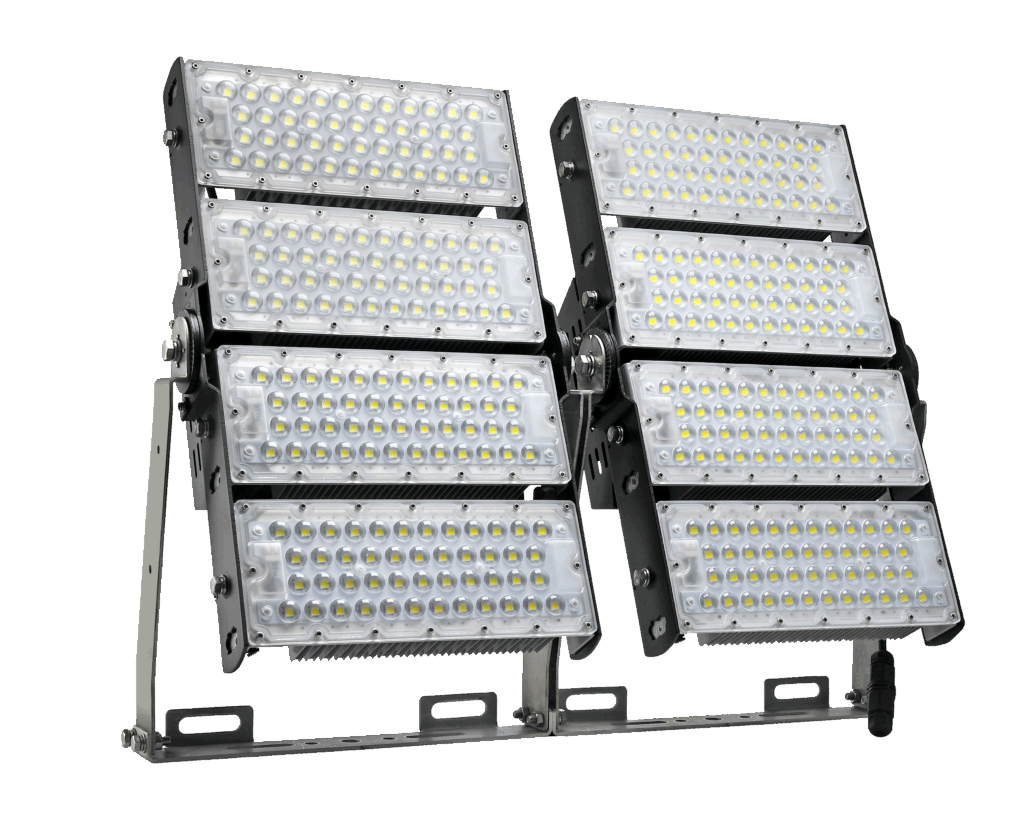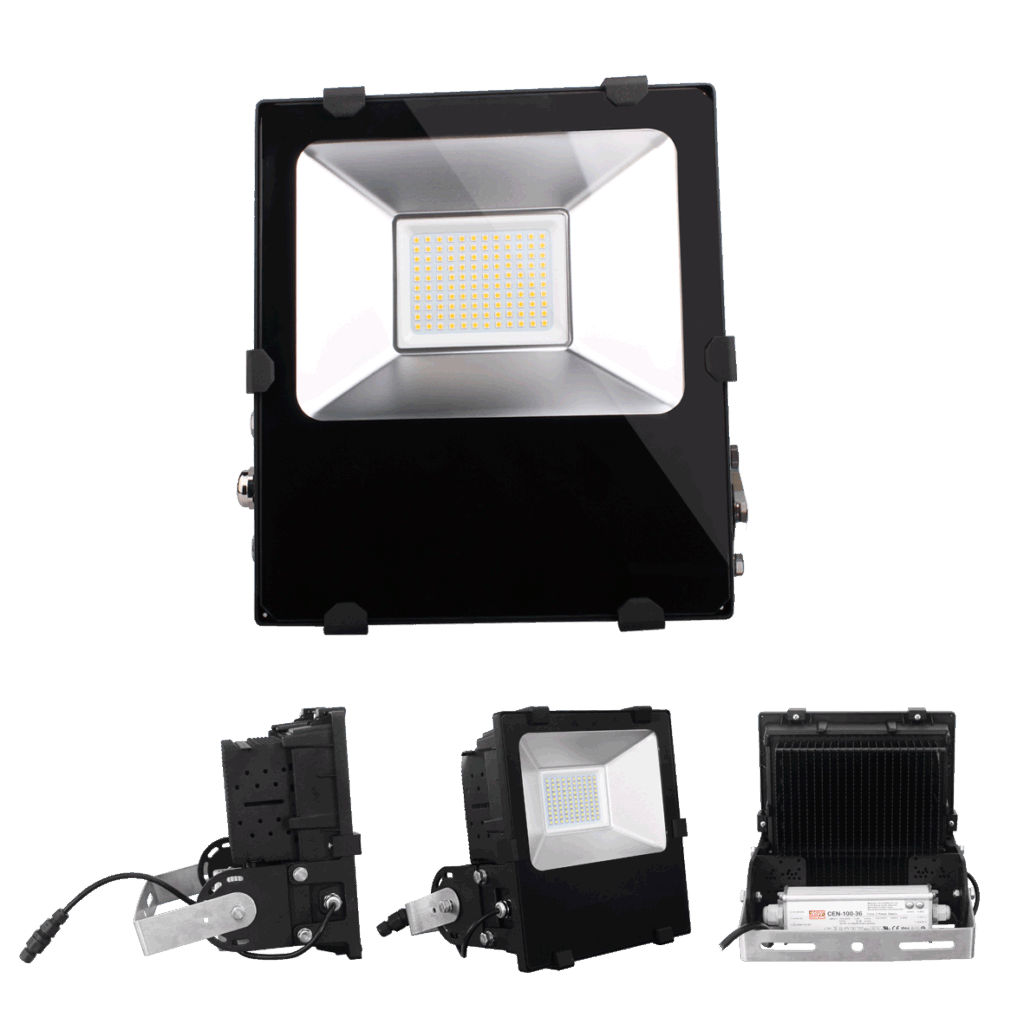When choosing LED lighting for your garden, there are a few things you should consider. Firstly and most importantly, you need to look at the lumen output. Lumens are a unit of measurement, equating to light brightness. When exploring different garden lights, take note of the lumen output of each kind, and pick the ones that deliver on the brightness you desire. You can think of it like this – the higher the lumen output of a light, the brighter the light is.
With LEDs, wattage is no longer an indication of the “brightness” as was the case with Halogens/Incandescents etc and the lumen output is what needs to be looked at. The lumen count of your chosen light fitting will help you determine how many you need for your garden, and how far apart you should disperse them. Before we elaborate on the factors you should consider when choosing garden lights, let’s first explore some of the benefits of garden lighting.
Why is garden lighting necessary?
Garden lighting has numerous benefits, but the following are definitely our top three:
1. Garden lights add curb appeal
Garden lights give your home a bit of an aesthetic appeal, and when it’s dark out, a much-needed welcoming touch. Placing lights at different heights and locations around your garden creates a balanced, layered look – a nice touch that tells guests that you love your home, and want to show it off at all hours of the day.
2. Garden lights create visual uniformity
By choosing light fixtures of the same style, you can create a cohesive look. Uniform lighting can look sophisticated and serve a practical function, and when aesthetically placed, can add even more curb appeal.
3. Garden lights boost home security
When placed strategically around your home’s circumference, garden lights can be an effective security feature. They are often placed above doorways and driveways, and near walkways.
What to consider when choosing your garden lights
Lumens
As previously mentioned, keeping the lumens of an LED fitting in mind is imperative when choosing appropriate garden lighting. You may want different light intensities in different areas of your garden. Perhaps you want less brightness for aesthetics, or maximum brightness for security purposes.
Area size
It’s important to consider the size of the area that you wish to illuminate when choosing a fitting. Remember, the lower the lumen count, the less light emitted. So be sure to factor in the size of the space, in relation to the lumen output of your chosen light, when deciding how many lights to purchase.
| Wattage | Mounting Height | Effective Area (sqm) for PioLED Nano Floodlights | Effective Area (sqm) for PioLED Premium Floodlights | Effective Area (sqm) for PioLED Heavy-duty Floodlights |
| 10W | 3 Meter | 20 (4.5×4.5m) | 25 (5x5m) | |
| 20W | 3 Meter | 40 (7x7m) | 50 (7.2×7.2m) | |
| 30W | 5 Meter | 55 (7.5×7.5m) | 65 (8x8m) | |
| 50W | 5 Meter | 85 (9x9m) | 100 (10mx10m) | |
| 100W | 5 Meter | 170 (13x13m) | 350 (18.5×18.5m) | |
| 150W | 8 Meter | 520 (23x23m) | ||
| 200W | 8 Meter | 340 (18.5×18.5m) | 700 (26.5×26.5m) | |
| 400W | 8 Meter | 1450 (38x38m) | ||
| 500W | 8 Meter | 900 (30x30m) |
Nearby light sources
Are there street lights close by? Or any other sources of light in the vicinity brightening your space? If the area you’re adding garden lights to is already partially lit by external sources of light, consider purchasing lights that emit fewer lumens.
Looking to buy some reliable garden lights?
When it comes to garden lighting, keep in mind that their main purpose is to illuminate your home exterior at night. So try not to go overboard with brightness. Remember, a little goes a long way when it’s already pitch black outside! If you’re interested in purchasing some LED garden lights for your home, explore our quality range.




